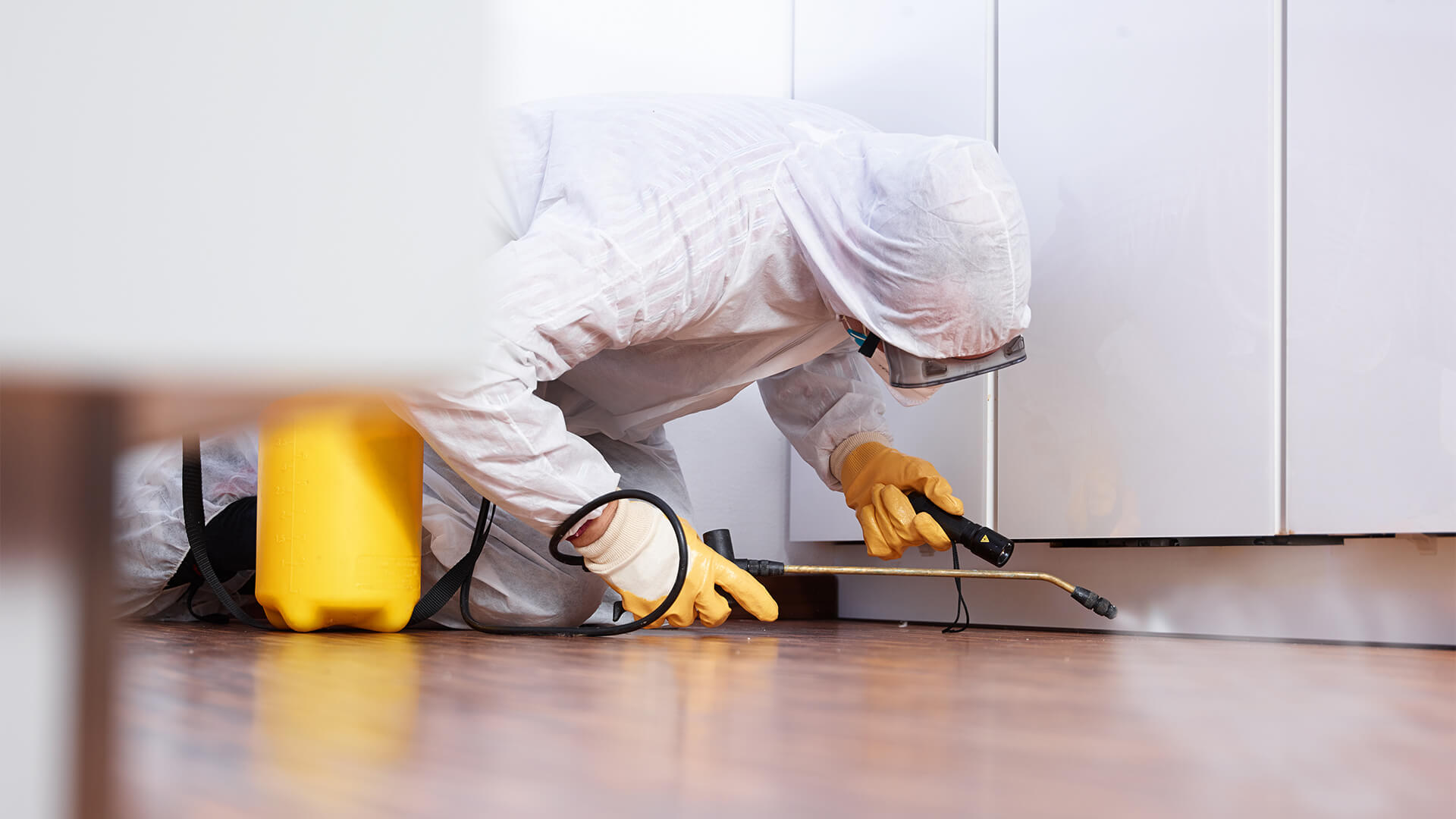A1 Charlotte Pest Control Companies - Your Regional Pest Experts
A1 Charlotte Pest Control Companies - Your Regional Pest Experts
Blog Article
Bed Pest Therapy Break Down: Comparing Chemical Vs. Non-Chemical Solutions
In the world of bug control, specifically when managing the consistent issue of bed insects, the option between chemical and non-chemical treatment services can be a crucial one. Both techniques use distinctive benefits and drawbacks, affecting elements such as performance, safety considerations, and overall cost. By checking out the nuanced information of each method, a clearer understanding of which path to seek in attending to a bed pest infestation can be acquired.
Efficiency of Chemical Therapies
Chemical therapies for bed bug invasions have been widely recognized for their quick and potent effectiveness in eradicating these insects. When taking into consideration the efficiency of chemical therapies, it is critical to recognize that they can supply a quick and comprehensive service to a bed pest trouble.
Additionally, chemical therapies have the benefit of providing residual impacts, implying that they can remain to get rid of bed insects even after the preliminary application. This residual activity is specifically helpful in combating any kind of possible re-infestations. Furthermore, the quick activity of chemical treatments can bring alleviation to individuals facing severe bed insect problems, enabling them to reclaim control of their home promptly.
Safety Interest In Chemical Solutions
One crucial element that requires cautious factor to consider when utilizing chemical remedies for bed bug treatment is making certain the safety of occupants and the setting. Exposure to specific chemicals used in bed insect therapies can lead to breathing concerns, skin inflammation, or other unfavorable responses, specifically in people with pre-existing conditions or level of sensitivities.
Furthermore, the environmental impact of chemical solutions is one more substantial factor to consider. Some pesticides made use of in bed bug treatments may be dangerous to useful insects, wild animals, and communities if they leach right into the soil or water systems. It is vital to utilize chemical treatments carefully, following security guidelines, and taking into consideration less harmful options to reduce these dangers and make sure the secure and effective management of bed bug infestations.
Advantages of Non-Chemical Strategies
Taking into consideration the potential safety and security worries and environmental influence connected with chemical remedies for bed insect treatment, checking out non-chemical approaches presents an appealing alternative with numerous distinct advantages. Non-chemical therapies are eco pleasant, as they do not add to air or water air pollution, making them a sustainable option for parasite control.
Additionally, non-chemical services can be reliable in targeting bed insects, including hard-to-reach locations where chemical treatments might not pass through. Approaches such as warm treatment, vacuuming, steam cleaning, and bed mattress encasements supply detailed obliteration without the use of damaging chemicals. In browse around here addition, non-chemical methods can be much less turbulent, needing minimal prep work and enabling quicker reentry into dealt with areas. Overall, going with non-chemical bed bug treatment techniques not just focuses on security and ecological protection but additionally makes sure thorough and efficient pest control.
Limitations of Non-Chemical Treatments

In addition, non-chemical treatments typically require multiple applications to attain effective obliteration. This try this out can be lengthy and might not constantly ensure full elimination of all bed bugs and their eggs, particularly in covert or hard-to-reach locations.
Moreover, the success of non-chemical therapies greatly relies on appropriate implementation and thoroughness, which can be testing for people without specialist expertise. Poor application of non-chemical techniques may cause incomplete eradication, bring about relentless invasions and the requirement for added therapies.
For that reason, while non-chemical treatments have their benefits, it is necessary to acknowledge these restrictions and consider them when identifying one of the most reliable approach for managing bed pest infestations.
Cost Contrast: Chemical Vs. Non-Chemical Options
Offered the constraints related to non-chemical therapies, an important element to review in the context of bed bug management is the cost comparison in between chemical and non-chemical choices. Chemical therapies usually include the application of insecticides by professionals, which can vary from $250 to $900 per area, depending on the extent of the problem and the dimension of the location to be treated. In contrast, non-chemical treatments like warm therapy or steam can check this site out be extra costly, with costs varying from $1,000 to $6,000 for a whole home. While the preliminary price of chemical therapies might appear lower, numerous therapies may be called for to totally remove the infestation, possibly raising the general expense. On the other hand, non-chemical choices might supply an extra environment-friendly and sustainable solution, although they can be cost-prohibitive for some individuals. Ultimately, when thinking about the price of bed bug treatment options, it is very important to consider the ahead of time costs against the effectiveness and lasting sustainability of the chosen technique.
Verdict

Taking into consideration the prospective safety and security problems and ecological influence connected with chemical solutions for bed insect therapy, checking out non-chemical techniques provides an appealing option with a number of distinct benefits.Given the restrictions connected with non-chemical therapies, an important aspect to evaluate in the context of bed pest administration is the expense comparison in between chemical and non-chemical alternatives. In contrast, non-chemical treatments like warm therapy or vapor can be more expensive, with prices ranging from $1,000 to $6,000 for a whole home. While the first cost of chemical therapies may appear lower, several therapies may be called for to completely remove the problem, potentially boosting the general price.In verdict, when contrasting chemical and non-chemical bed insect therapy alternatives, it is necessary to take into consideration efficiency, security, benefits, constraints, and cost.
Report this page